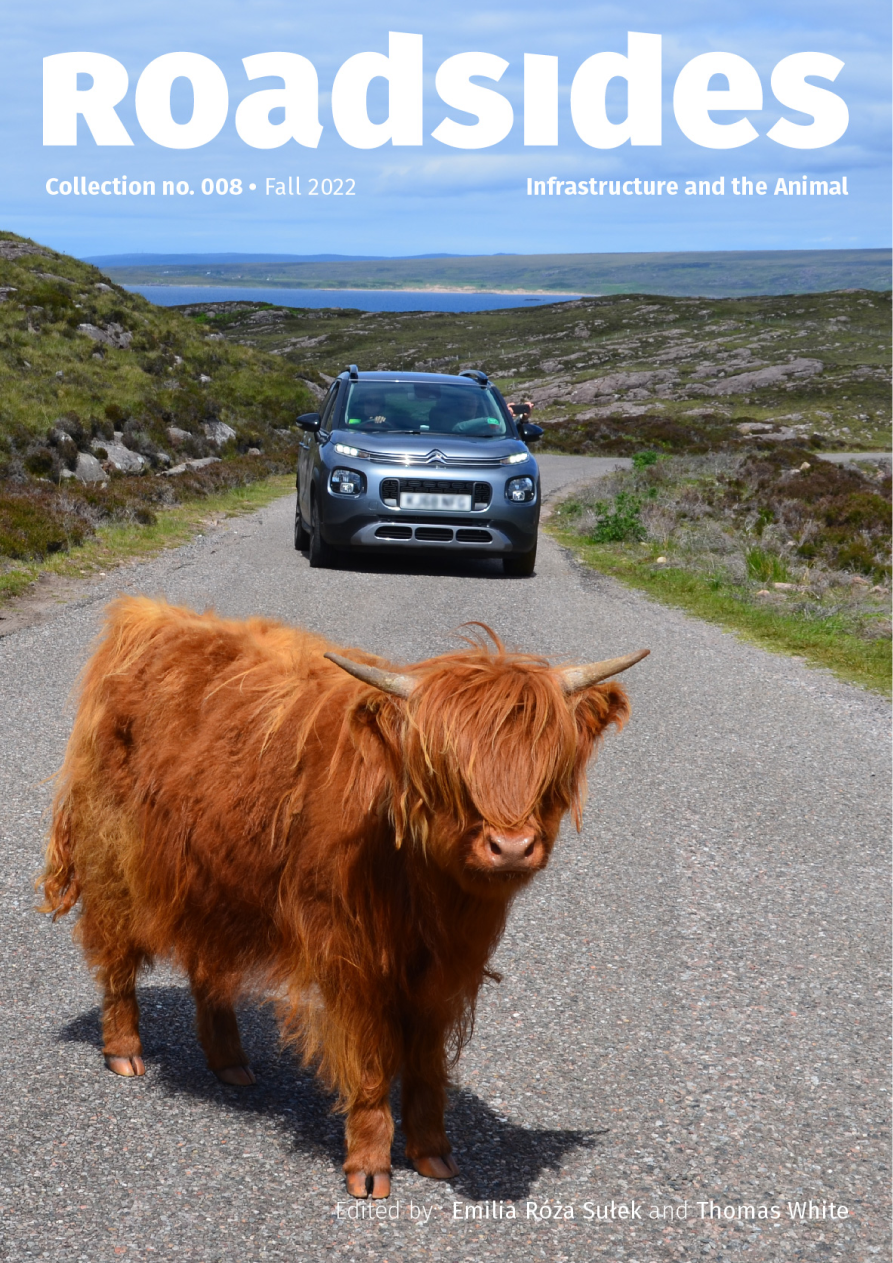
In January 2020, a five-day cull of feral camels was announced in South Australia. With bushfires raging across the continent, these animals were blamed for blocking roads and causing significant damage to infrastructure in their desperate search for water. Having been brought to Australia for use as pack animals in the 19th century, this animal infrastructure became obsolete as roads and railways were rolled out across the country. Today, the descendants of these pack animals are hunted down as feral pests.
The story of the Australian camel exemplifies a transformation in the relationship between animals and infrastructure that is fundamental to metanarratives of modernity. This relationship is often understood as one of obsolescence and separation. The development of railway infrastructure, for example, led in most cases to the replacement of pack and draught animals, while barbed wire fences were strung across continents to keep both wild animals and livestock off the tracks. Both obsolescence and separation are conventionally understood as merely technical matters, but are also central to the politics and poetics of infrastructure.
In this issue of Roadsides we ask what thinking with animals (both domestic and wild) and infrastructure can reveal about the expectations and failures of modernity.